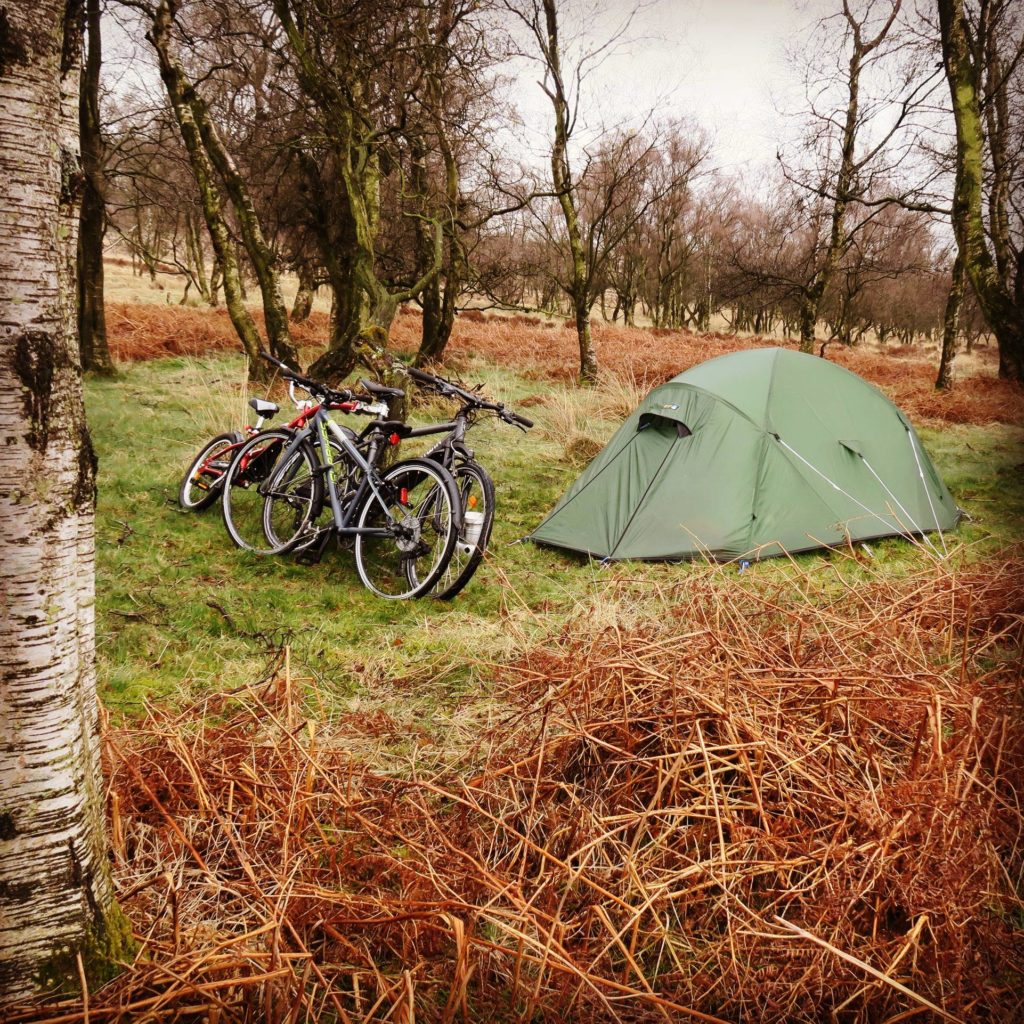
In much of England, Wales, and Northern Ireland, wild camping is only allowed with the permission of the landowner. However, on Dartmoor, wild camping is permitted, and there are 17 wild camping spots in Kielder Forest that may still be available under a scheme.
In places like the Lake District, wild camping is tolerated if you camp above the highest fell wall, far away from towns, villages, and lake shores.
In Scotland, it’s a different story. Thanks to the Land Reform (Scotland) Act 2003, you’re allowed to camp on most unenclosed land. However, due to overuse, areas of Loch Lomond & The Trossachs National Park are subject to wild camping byelaws.
To camp responsibly, it’s important to educate others on the importance of being considerate in the outdoors. Now more than ever, we need to set a good example and be responsible. With new laws being enacted to tackle unauthorised encampments, it’s vital that we act with consideration for the land we use.
When it comes to choosing a wild camping spot, I recommend looking for certain features on the map. For example, it’s best to camp above the highest fell wall and be well out of sight of buildings, paths, and roads. Choosing areas on access land is also a good idea, as it at least allows us to walk across it. Avoid areas that are boggy, and look for contour lines that indicate flat areas or dips that will collect water.
It’s also essential to park responsibly and pack out all your trash, including toilet paper and sanitary products. And when setting up camp, it’s important to stay concealed by pitching your tent at dusk, avoiding bright torches, and not starting fires.
Overall, wild camping can be a fantastic way to connect with nature, but it’s crucial to do so responsibly.
Tips:
- Feature to look for on the map:
- Walls: best to camp above the highest fell wall
- Building, Paths and Roads: best to be well out of sight.
- Access land: I favour places that are on access land, so even though this does not give us a right to sleep there at least we are allowed to walk across it.
- Rivers, Marsh: to avoiding areas that are boggy.
- Contour lines: to identify areas that are likely to be flat, or a dip that will collect water.
- Parking responsible: Remember our impact is not just about where are tents are it also extends to where we park overnight. With increase in areas with no overnight parking, risks of damage to cars parked over night and annoying local residences parking outside their house. There is a hard balance to strike. For areas I am not familiar with Google satellite imaging and Google street view can be useful to identify possible locations prior to arriving in a new area. Even better arrive by public transport.
- Decent shovel: I have as light weight metal spade for light weight trips although on shorter wild camping trips of trips with a few people when I am ok to carry a little more weight I love my Dutch Army Tri-Fold Shovel, it makes digging holes a lot easier.
- Premier dog poo bags are great for packing out your toilet paper and sanitary products.
- Stay concealed: pitch tents at dusk, avoid using bright torches, no fires.